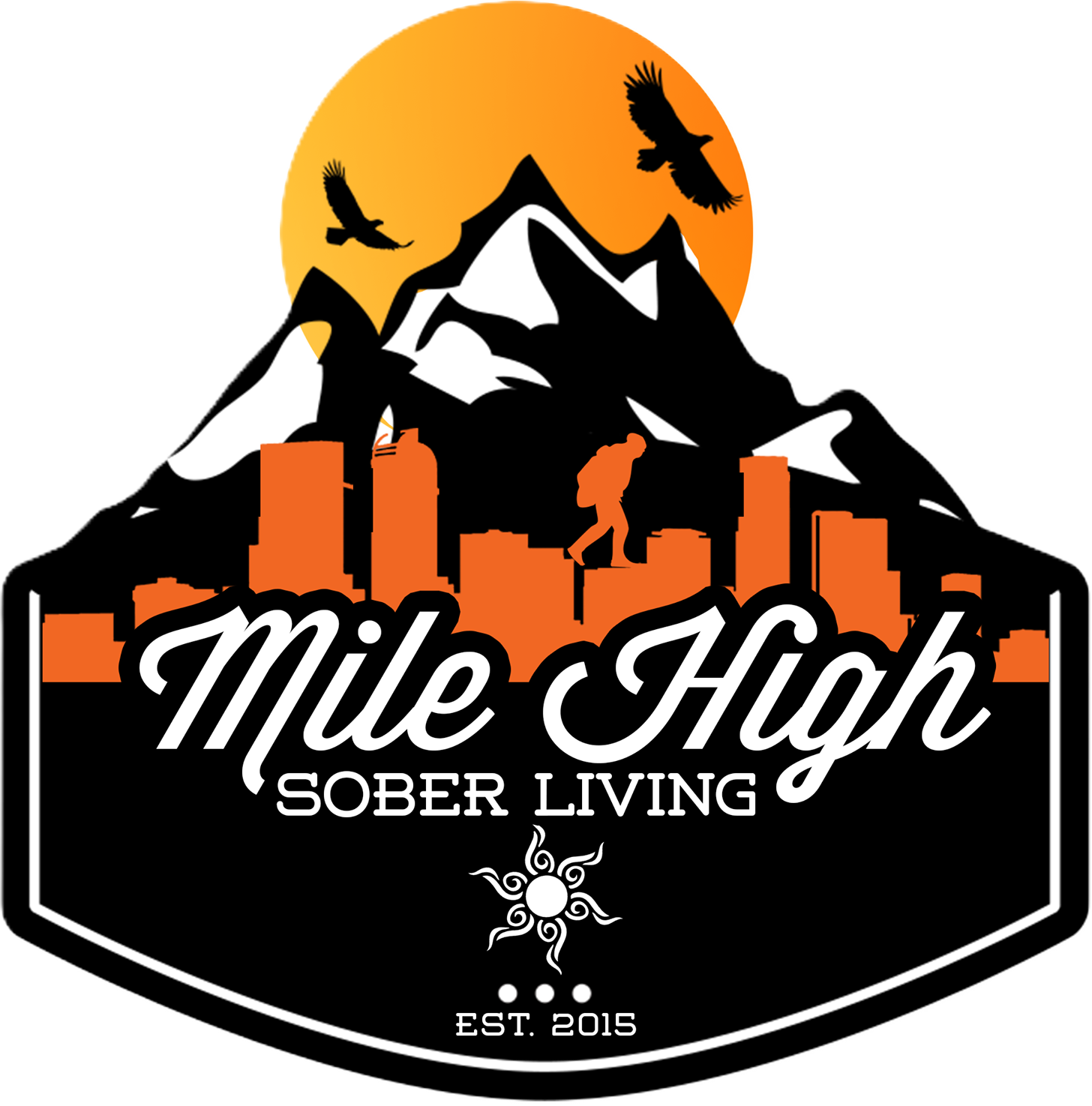Recovery is a lifelong journey, and completing a residential rehab program is only the first step. The transition from the structured environment of rehab to sober living presents unique challenges, but with the right strategies, it can be a powerful stage of growth.
This article explores how individuals can navigate this important shift, ensuring stability, accountability, and long-term success.
Understanding the Transition
Leaving residential treatment doesn’t mean leaving support. In a transition from residential rehab to a sober living home (SLH), the clinical intensity decreases, but structure, accountability, and healthy habits should remain in place. You’ll shift from 24/7 supervision to more independence, which calls for stronger personal routines and honest self-monitoring. The goal is a smooth transition that maintains recovery skills while you practice decision-making in real-world settings.
Acknowledge the emotional side of transition back to community life. Energy swings, uncertain schedules, and new triggers can surface. Prepare by reviewing your coping strategies, relapse warning signs, and emergency steps. Clarify how your recovery program, therapy, meetings, medication management, and peer support will follow you into the next phase so your ongoing recovery feels continuous, not fragmented.
Our sober living houses in Denver provide the structure and accountability needed to strengthen recovery while keeping you connected to key resources for independence.
Build a Practical Aftercare Plan Before Your Discharge
Work with your care team to create a personalized aftercare plan at least two weeks before discharge from residential rehab. The plan should outline therapy frequency, peer support options, alumni groups, and contingency steps in case cravings occur. Confirm transportation, appointment times, and how you’ll communicate with providers. This is also the time to coordinate with the SLH you’ve selected, aligning expectations on curfews, drug testing, and community responsibilities.
If your rehab program includes case management, ask them to transfer your records to the home manager. Include essentials such as a medication list, a relapse prevention plan, and emergency contact information. Individuals in recovery benefit more when information flows smoothly, as there’s less room for gaps that can derail momentum during the first weeks of independent living.
Choose the Right Living Environment and House Rules
Evaluate each residential environment for safety, cleanliness, location, and access to meetings, work, or school. Ask how the home enforces rules, conducts testing, resolves conflicts, and what their visitor policies are. Understand what the home offers in terms of mentorship, community meetings, and accountability. A good fit strikes a balance between structure and autonomy, allowing you to practice real-life skills without feeling isolated.
During your search, verify that the house culture supports your goals. A rehab-to-sober living move works best when peers are serious about growth and staff model consistent boundaries. If faith, fitness, or career development matter to you, look for homes that integrate these elements. Remember, the right environment increases stability and reduces impulsive choices that can undermine long-term recovery.

Recreate Structure and Maintain Accountability
Structure is the backbone of addiction treatment and remains essential after discharge from residential treatment. Set wake/sleep times, meal plans, exercise blocks, and therapy or meeting schedules. Use a calendar that you check daily. Plan transportation so you’re never choosing between care and convenience. Consistent routines reduce decision fatigue and make it easier to support your recovery journey when motivation dips.
Integrate productive activities that build confidence, such as school, volunteering, or employment, without overloading your schedule. Pair activity with accountability to a sponsor, a therapist, a house manager, or a peer mentor who asks clear, practical questions about your week. If cravings or mood changes arise, address them early with small course corrections to prevent bigger setbacks and keep the transition heading in the right direction.
Strengthen Your Support System and Clinical Touchpoints
Community connection bridges the gap between residential treatment and independent living. Build a diverse support system that includes peers, sponsors, clinicians, and trusted family when appropriate. Keep regular appointments with therapy or psychiatry if medications are part of your care, set alarms, and refill reminders.
Choose recovery meetings that align with your values and schedule. Rotate formats until you find a group where you feel safe sharing honestly. If you prefer skills-based approaches, add groups that focus on relapse prevention, cognitive-behavioral skills, or trauma-informed education. These touchpoints provide feedback loops so you can refine coping strategies and maintain momentum in addiction recovery.
Monitor Progress and Handle Setbacks Early
Treat the first 90 days as a period for stabilization. Track your sleep, mood, cravings, and triggers in a journal or a dedicated app. Share patterns with your providers. If you miss meetings or start isolating yourself, act quickly and schedule an extra session, ask your house manager for support, or loop in your sponsor. An early response is the fastest route back to equilibrium.
Have a clear escalation pathway. If risk increases, step up care intensity with increasing therapy sessions, conducting medication reviews, or briefly returning to day programming. Some people may stay in a sober living facility for a longer period to reinforce habits before transitioning again. Flexibility and early action are signs of strength, not failure, and they protect long-term recovery.
Final Thoughts from Mile High Sober Living
A planned and successful transition, consistent structure, and active connections make the difference between short-term gains and long-term recovery. Aligning your aftercare, routines, and accountability before discharge allows you to maintain steady progress as you transition back to community life.
At Mile High Sober Living, we focus on clear expectations, supportive community, and practical skills that help you move from residential treatment to a sober living house in Denver with everyday stability. Our team coordinates with your providers, reinforces the house structure, and helps you apply tools from addiction treatment in your daily decisions, so the transition from care to community feels organized and sustainable.








